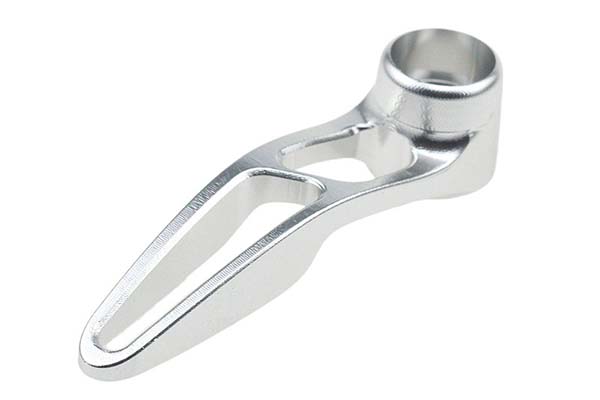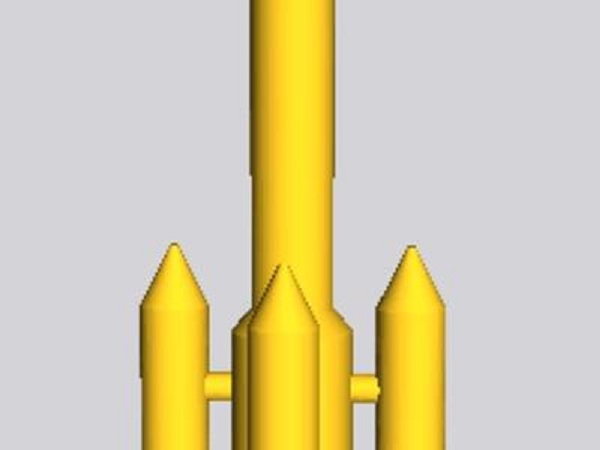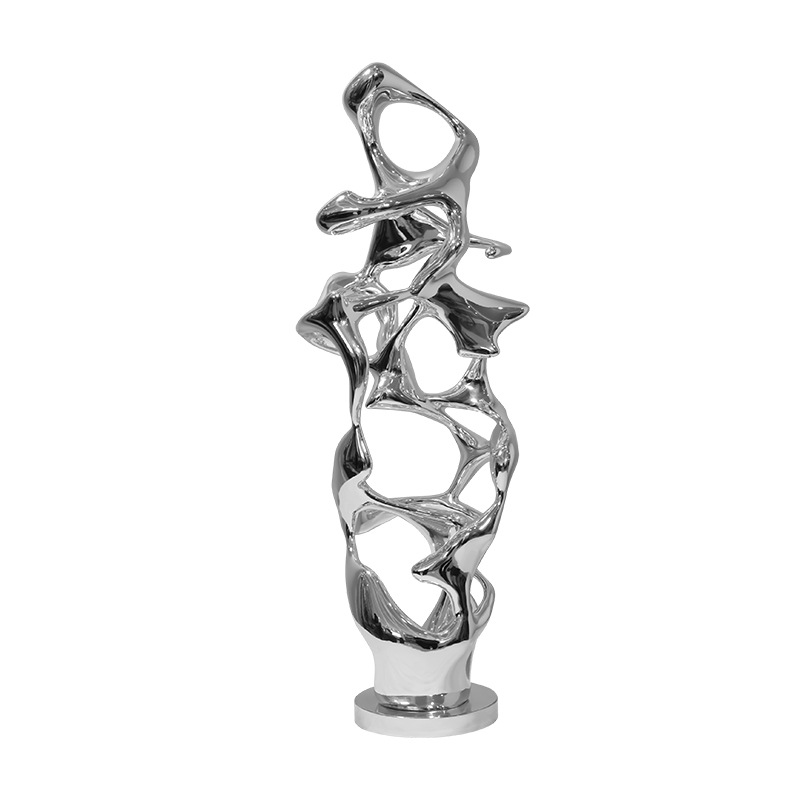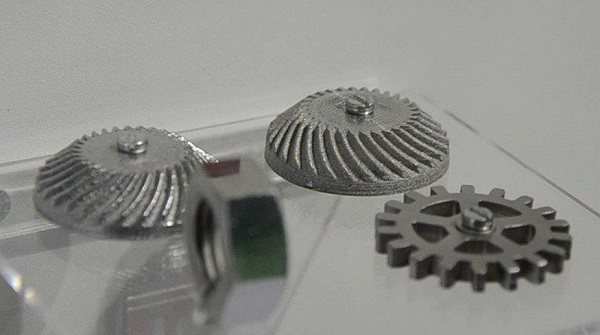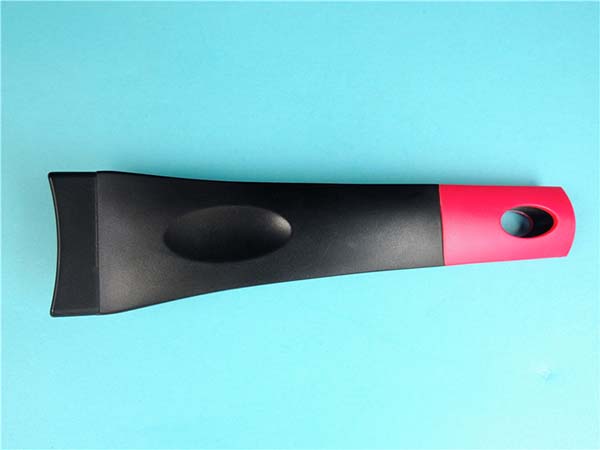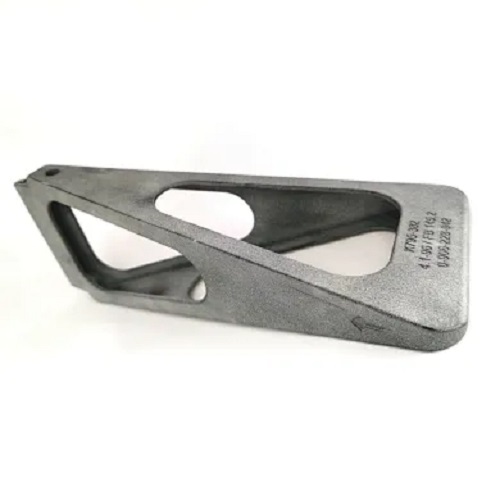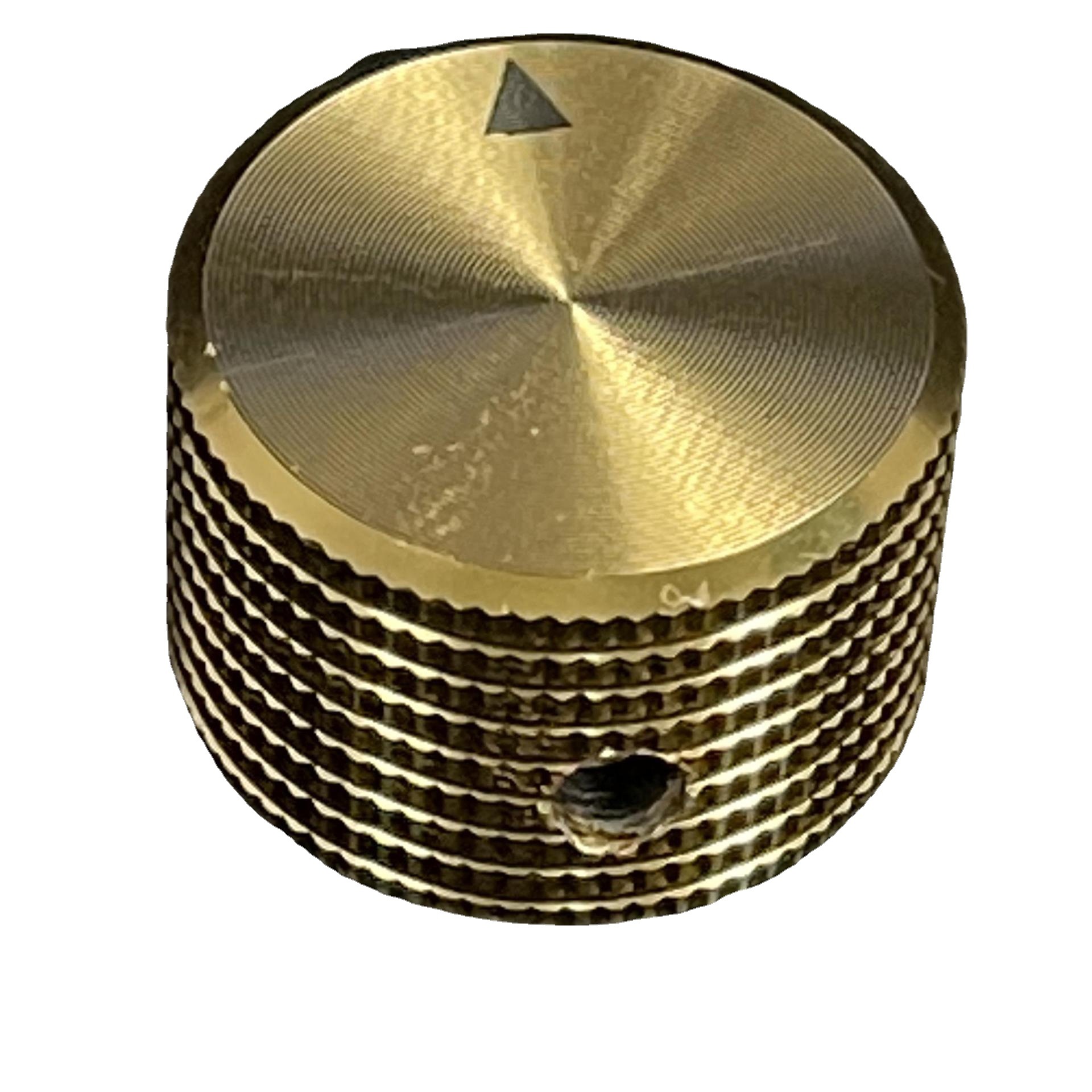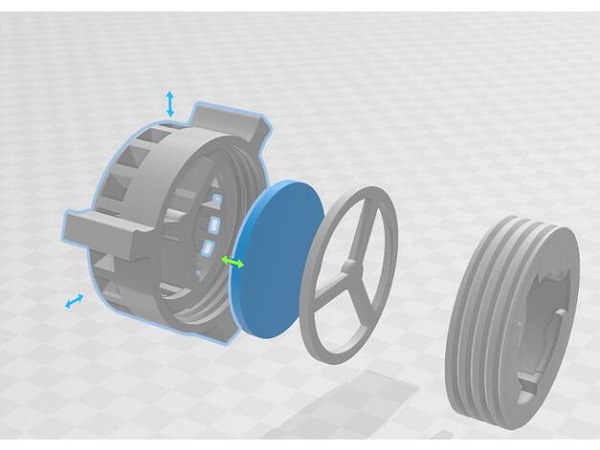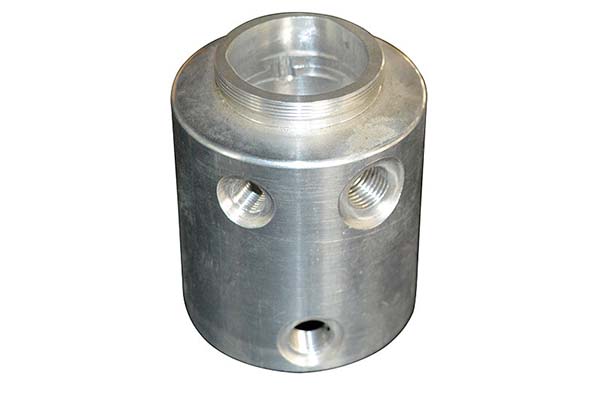You’ve chosen Ti6Al4V for its unbeatable mix of strength, light weight, and biocompatibility—perfect for aerospace parts, medical implants, or high-performance components. But when you 3D print it, the results are underwhelming: the part is brittle and cracks under stress, has porous areas that compromise its strength, or fails biocompatibility tests due to residual powder. Maybe the surface finish is rough, making it unsuitable for medical use, or the print warps so badly it no longer fits the assembly. Worse, your “high-strength” prototype can’t match the performance of wrought Ti6Al4V, wasting expensive powder and machine time.
Ti6Al4V, the most widely used titanium alloy, is a marvel of material science, but 3D printing it requires precision that goes beyond other metals. Its unique material properties—from its high strength-to-weight ratio to its sensitivity to oxygen—demand specialized 3D printing processes. Success means understanding how to avoid contamination, ensure full density, and leverage its performance and benefits for applications where no other material will do. In this guide, we’ll unlock the potential of 3D printing Ti6Al4V, helping you create parts that are strong, lightweight, and ready for mission-critical use.
Material Properties: The Excellence of Ti6Al4V
Ti6Al4V’s reputation as a high-performance material comes from its exceptional material properties, which 3D printing must preserve to deliver its full potential:
- Strength and lightness: Ti6Al4V is defined by its high-strength and low-density (4.43 g/cm³)—about half the weight of steel but with comparable strength. Its tensile strength ranges from 900-1100 MPa, with a yield strength of 800-950 MPa, making it stronger than most stainless steels while being significantly lighter. This high-strength-to-weight ratio is why it’s the go-to material for aerospace and automotive applications, where every gram saved improves efficiency.
- Corrosion and biocompatibility: Ti6Al4V offers outstanding corrosion resistance, even in harsh environments like saltwater or industrial chemicals. It forms a protective oxide layer that self-heals, preventing rust or degradation. Most critically, it’s highly biocompatible—the human body accepts it without triggering immune responses, making it ideal for medical implants and dental restorations. Unlike some metals, it doesn’t leach ions into bodily fluids, ensuring long-term safety.
- Thermal and mechanical traits: Ti6Al4V retains strength at high temperatures, with high-temperature resistance up to 300°C (making it suitable for engine parts). Its fatigue resistance—the ability to withstand repeated stress—is exceptional, critical for moving parts like aircraft components or prosthetic joints. Its elongation (stretch before breaking) is 10-15%, balancing strength with ductility to resist sudden failure. The grain structure is fine and uniform when printed correctly, enhancing these properties.
3D Printing Processes: Mastering Titanium Fusion
3D printing Ti6Al4V requires processes that minimize contamination and ensure full density, with each method offering unique advantages for specific applications:
- Selective Laser Melting (SLM): The most common process for Ti6Al4V, SLM uses a high-power laser (200-400 W) to fully melt titanium powder in an inert argon atmosphere (to prevent oxygen pickup, which causes brittleness). It achieves 99.5%+ density, critical for strength and corrosion resistance. Key print parameters include laser power (300 W for optimal fusion), scan speed (800-1500 mm/s), and layer thickness (20-50 μm). SLM produces parts with excellent dimensional accuracy (±0.1 mm) but requires support structures (often made of Ti6Al4V) to manage thermal stress, removed via wire EDM to avoid damage.
- Electron Beam Melting (EBM): EBM uses an electron beam to melt Ti6Al4V powder in a vacuum chamber, which eliminates oxygen contamination entirely. It operates at higher temperatures (600-800°C), reducing residual stress and improving fatigue resistance—a boon for aerospace components and medical implants. EBM’s layer thickness (50-100 μm) is thicker than SLM, making it faster but with slightly rougher surface finish. Its vacuum environment makes it ideal for parts where purity is critical, like surgical implants.
- Critical considerations: Ti6Al4V powder must be ultra-pure (99.95%+) with a particle size of 15-45 μm for consistent flow. Oxygen levels during printing must stay below 0.2%—even small amounts make the alloy brittle. Slicing software (like Materialise Magics) optimizes laser paths to avoid overheating, which can coarsen the grain structure and reduce strength. Post-processing often includes hot isostatic pressing (HIP) to close tiny pores, heat treatment to relieve stress, and CNC machining for tight tolerances.
Applications: Where 3D Printed Ti6Al4V Excels
Ti6Al4V’s unique blend of properties makes it indispensable in these applications, where 3D printing unlocks new possibilities:
- Aerospace and defense: Aerospace components like aircraft engine parts, wing brackets, and landing gear components rely on Ti6Al4V’s strength-to-weight ratio. 3D printing allows complex designs—like lattice structures or internal cooling channels—that reduce weight by 30-50% without sacrificing strength. Defense applications (missile components, armor) use it for its durability and resistance to extreme conditions, with 3D printing enabling rapid prototyping of mission-critical parts.
- Medical and dental fields: Medical implants (spinal cages, hip replacements, bone plates) leverage Ti6Al4V’s biocompatibility—it integrates with bone tissue, reducing rejection risks. 3D printing creates custom implants tailored to a patient’s anatomy, improving fit and recovery time. Dental restorations (implant abutments, custom crowns) use it for its strength and natural appearance, with 3D printing ensuring precise fits. Unlike stainless steel, it doesn’t interfere with MRI scans, a key advantage for medical use.
- Automotive and industrial uses: High-performance automotive parts (racing engine components, suspension parts) use Ti6Al4V to reduce weight and improve fuel efficiency. Industrial tooling (high-temperature molds, robotic arms) benefits from its corrosion resistance and strength at elevated temperatures. Even sports equipment (bicycle frames, golf club heads) uses 3D printed Ti6Al4V for its perfect balance of lightness and durability.
Performance and Benefits: Why Ti6Al4V Stands Out
3D printed Ti6Al4V offers a suite of performance and benefits that make it irreplaceable for demanding applications:
- Strength and efficiency: Its high-strength-to-weight ratio is unmatched—parts weigh 40-50% less than steel equivalents while maintaining the same strength. This translates to fuel savings in aerospace (5-10% per kg of weight reduction) and improved performance in automotive and sports equipment. Fatigue resistance ensures parts like aircraft components or prosthetic joints withstand millions of stress cycles without failure.
- Biocompatibility and corrosion resistance: For medical applications, biocompatibility is non-negotiable—Ti6Al4V is approved for long-term implantation, with no risk of toxic reactions. Its corrosion resistance surpasses most metals, withstanding saltwater, bodily fluids, and industrial chemicals, ensuring longevity in harsh environments.
- Design freedom and efficiency: 3D printing Ti6Al4V enables complex geometries impossible with machining—hollow structures, lattices, or parts with internal features that reduce weight while maintaining strength. This customizability shortens development cycles, with rapid prototyping allowing designers to test iterations in days instead of weeks. Reduced lead times (from design to part in days) and material savings (only using powder where needed) lower costs compared to traditional manufacturing for low-volume production.
Yigu Technology’s Perspective: Precision in Ti6Al4V Printing
At Yigu Technology, we specialize in 3D printing Ti6Al4V for clients who demand uncompromising quality. We use SLM and EBM processes with strict oxygen control (<0.15%) and high-purity powder (99.97%+) to ensure parts meet aerospace and medical standards. Our post-processing includes HIP for 99.9% density, heat treatment to optimize grain structure, and precision machining for tight tolerances. Whether you need aerospace components or medical implants, we validate every part with tensile testing, fatigue analysis, and dimensional checks. 3D printing Ti6Al4V isn’t just about making metal parts—it’s about leveraging its unique properties to create solutions that were impossible with traditional manufacturing.
Frequently Asked Questions (FAQ)
- Why is my 3D printed Ti6Al4V part brittle?
Brittleness is usually caused by oxygen contamination during printing (levels above 0.2%). Ensure the printer’s inert gas (argon) flow is sufficient, and the powder is stored in airtight containers. Overheating during printing can also coarsen the grain structure—reduce laser power or increase scan speed to minimize heat buildup. Post-print annealing (600-700°C in vacuum) can restore some ductility.
- Is 3D printed Ti6Al4V as strong as wrought Ti6Al4V?
Yes, when printed correctly. SLM and EBM Ti6Al4V match wrought material in tensile strength (900-1100 MPa) and fatigue resistance (especially after HIP). Wrought Ti6Al4V may have slightly better elongation (15-20% vs. 10-15% for 3D printed), but 3D printed parts excel in complex geometries where wrought material can’t be formed.
- How much does 3D printing Ti6Al4V cost compared to machining?
Ti6Al4V powder is expensive ($100-200 per kg), and 3D printers are costly, making small, simple parts more expensive than machined versions. But for complex parts (e.g., lattice structures, internal channels), 3D printing reduces material waste (up to 70% less than machining) and eliminates assembly steps, making it cheaper for low-volume, high-complexity parts.
